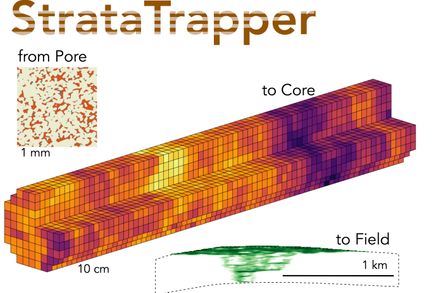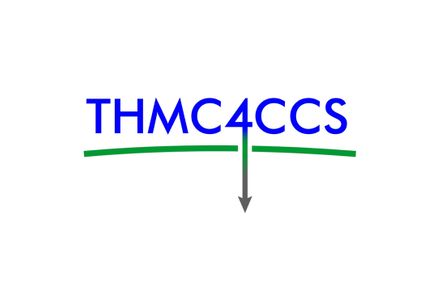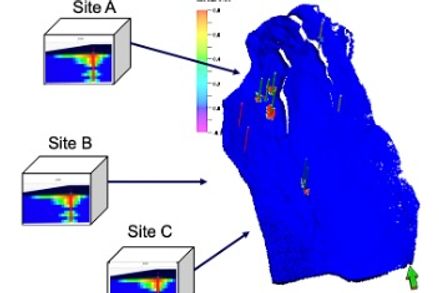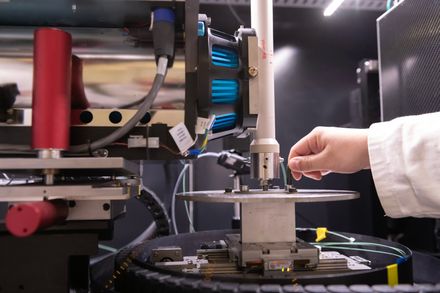BibTex format
@article{Lindsay:2023:10.1144/SP527-2021-199,
author = {Lindsay, C and Braun, E and Berg, S and Krevor, S and Pols, R and Hill, J},
doi = {10.1144/SP527-2021-199},
pages = {43--58},
title = {Core analysis in a changing world – how technology is radically benefiting the methodology to acquire, the ability to visualize and the ultimate value of core data},
url = {http://dx.doi.org/10.1144/SP527-2021-199},
volume = {527},
year = {2023}
}





